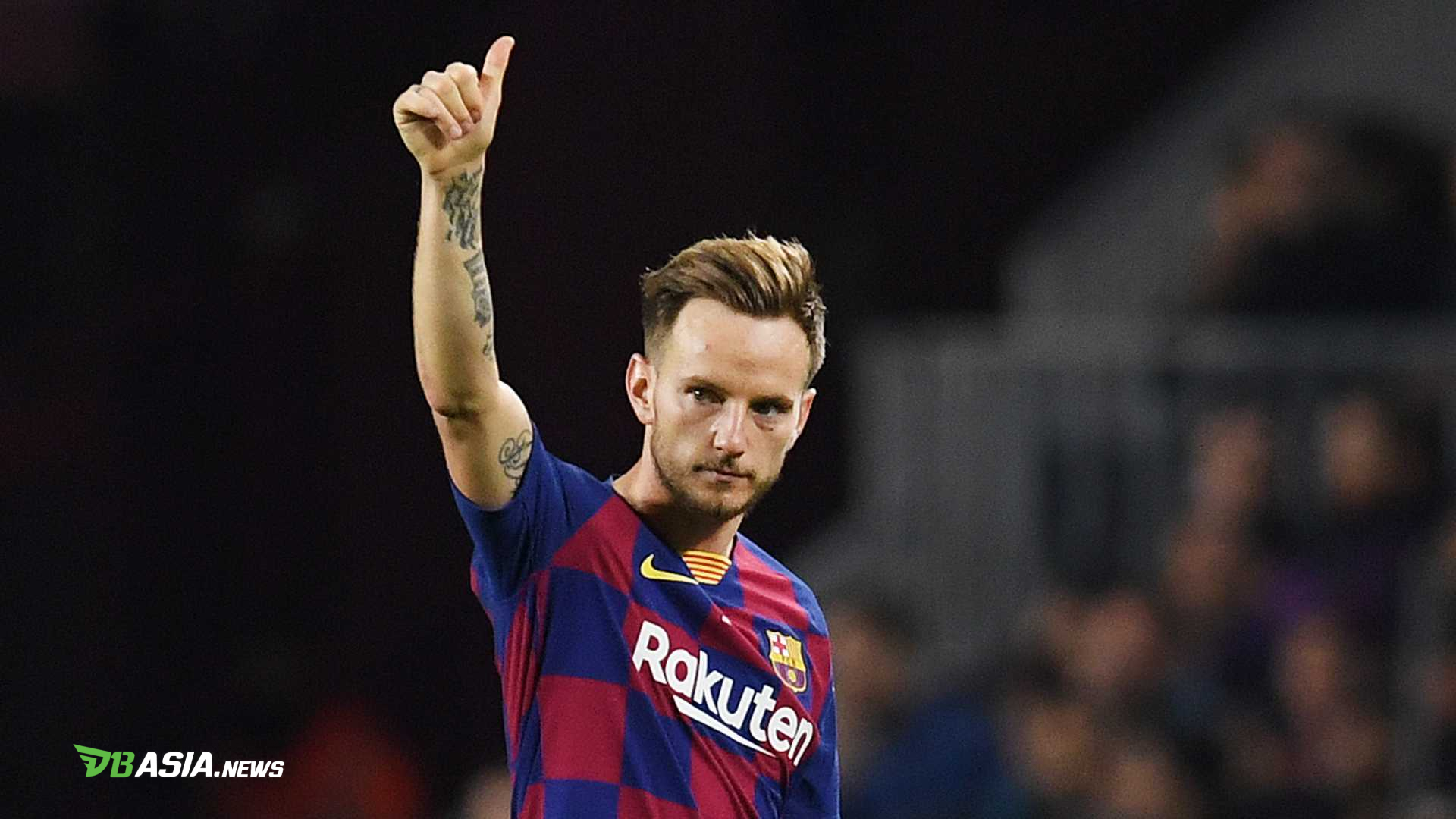Thursday, 23 January 2020
Movement Flow of Players Between European Clubs
By db-admin

DBasia.news – Ivan Rakitic revealed the high price when Barcelona brought in Brazilian attacking midfielder, Philippe Coutinho, in 2018.
Coutinho’s move to Barcelona is not too surprising. As the Catalan club has long wanted to bring in the former Inter Milan player.
But what excites the public, of course, was the value of the transfer transfer. Quoted from transfermarket.com data (01/22/2020), Coutinho was paid by Barcelona from Liverpool for 160 million euros or equivalent to Rp 2.57 trillion.
That value also made Coutinho the second most expensive player under Neymar who moved from Barcelona to PSG in the summer transfer market with a value of 222 million euros. The madness of the value of the transfer market has become commonplace in the current state of industrial football.
Not Stopping at Coutinho
The public thinks that the fantastic value of Coutinho’s move to Barcelona two years ago will stop. The public is wrong, big European clubs are in fact still competing to bring in players even if they have to spend highly. Like how Atletico Madrid is willing to spend Rp 2 trillion for thr 20-year-old player, Joao Felix from Benfica.
Or how Juventus are willing to spend 117 million euros to bring in Cristiano Ronaldo from Real Madrid. Even with the Chinese League club, Guangzhou, who spent 42 million euros to bring in Paulinho from Barcelona.
For some people, this condition has made football have a natural setback, but others see this as a condition that inevitably has to be experienced by football when it has transformed into a new industry.
A study conducted by Xiao Fan Liu, Yu Liang Sharks, Xin Hang Lu, Qi Xuan Wang, and Tong Xing Wang from Nanjing University entitled, “The Anatomy of the Global Football Player Transfer Network: Club Functionalities versus Network Properties explains the current football industry requires clubs to be able to generate revenue not only from broadcast rights or merchandise, but how to cultivate players with high potential and sell them to richer leagues.
Research from the University of Nanjing stated that a significant change in the number of the transfer market actually occurred in the 2011 to 2015 period. Calculated in economic calculations in the period of 5 years that the average club spends 10 million euros to purchase new players.
Flow of player transfers
The question then is what kind of money flow is being poured by a club when purchasing a brand-new player?
To find out what the flow of money that streams during the transfer process, the first thing we need to know is the first step when a player is being observed by a club.
The club interested will make an offer in writing to the player’s club. At this stage the player’s club can immediately reject or negotiate on the offer. If the transfer value has been agreed upon between the two clubs, the two clubs will contact the player’s agent.
At the stage of the negotiation process, if the price has been agreed upon does the player automatically move? Not necessarily. There is still the next step which is a personal agreement between the new club and the players.
The role of agents is crucial at this stage. At the personal agreement stage, the player represented by the agent and the new club discusses the length of play, the duration of the contract and the value of the bonus.
In addition, at the stage of the negotiation process between the players represented by the agent and the club will form a complexity. As the matter of adjusting salaries and the value of the transfer fee for the agent is tough to negotiate.
And the most important and this is often a problem for many of Europe’s top players is the matter of imaging rights of the player. In a number of cases at this point many players stumble over legal issues while at the new clubs.
So how is the agreement really official? Quoted from goal.com, player transfers are declared official if the transfer documents have been approved by league authorities and registered with a system that legalizes the transfer process itself.
The documents
include transfer documentation, financial agreements between the two clubs,
player contracts, player registrations, scheduling bonus payments and any
records that involve agreements with agents.
-

Marseille is in the hunt for Philippe Coutinho
-

Rakitic officially returns to Sevilla after leaving Barcelona
-

Rakitic Ready to Cut Salary As Long As He Can Return to Sevilla
-

Brings Bayern Munchen to the Champions League, Coutinho Will Be Considered by Ronald Koeman in Barcelona
-

Ronald Koeman Changes Plans, Arsenal Cancels on targeting Philippe Coutinho